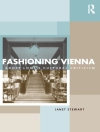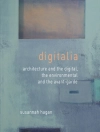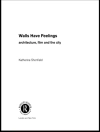Of all building types, the skyscraper strikes observers as the most modern, in terms not only of height but also of boldness, scale, ingenuity, and daring. As a phenomenon born in late nineteenth-century America, it quickly became emblematic of New York, Chicago, and other major cities. Previous studies of these structures have tended to foreground examples of more evincing modernist approaches, while those with styles reminiscent of the great Gothic cathedrals of Europe we...
Содержание
Acknowledgments
Introduction: Skyscraper Gothic from Nineteenth-Century Origins to Postmodern Expressions
Design and Study of the Past: The Gothic Skyscraper
The...
Об авторе
Kevin D. Murphy, Andrew W. Mellon Chair in the Humanities and Professor and Chair of History of Art at Vanderbilt University, is the author of Memory and Modernity: Vi...












